Canadian Immigration is a great topic to study in your homeschool. Many discussions can be had that branch out from this topic. For example, discussions about topics such as colonization, how it feels to be a minority, prejudice, multiculturalism, and many more. Immigration has been ongoing since the first settlers came to the our country and it has had a huge impact on our present-day society. There are many interesting books written about the topic that we are going to recommend. We also have some hands-on project ideas for you!
Please note: some of these books might be out of print. Check with your library or the interlibrary loan system through your library!
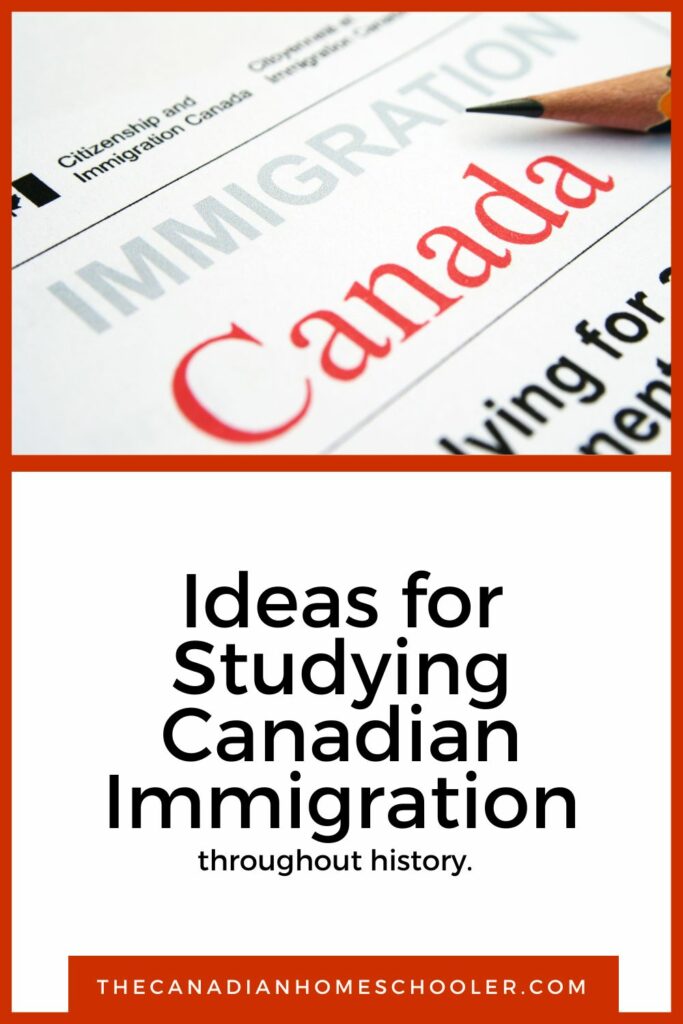
This post contains affiliate links.
Non-fiction books for studying Canadian Immigration
Here we have some non-fiction book recommendations.
The Kids Book of Canadian Immigration
Deborah Hodge

This book has a recommended age range of 8-12. It includes many stories from the past and present about Canadian immigration from all over the world. The Kids Book of Canadian Immigration is part of the popular Kids Book of series by Kids Can Press. This book series never disappoints! We have enjoyed them all.
Immigration: Uncovering the Past Analyzing Primary Sources
Lizann Flatt
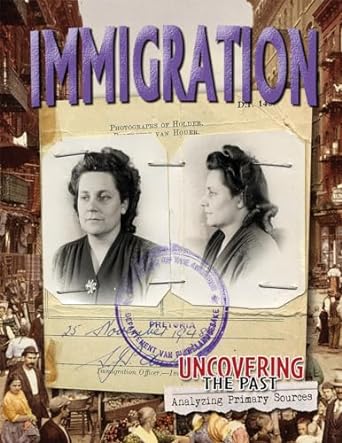
This book has a recommended age range of 10-14. The book examines primary sources and helps readers to use critical thinking when discovering about immigration to Canada and the USA during the height of immigration in 1820 to the early 1900’s.
Coming to Canada
Robert Livesay
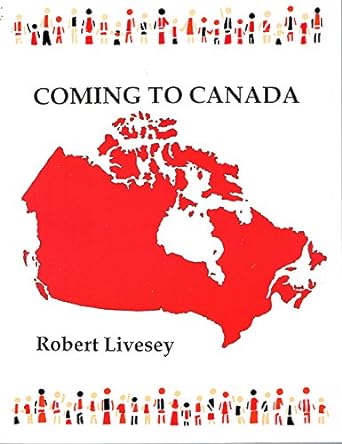
This book contains 42 stories of people ages 18 to 25 who immigrated to Canada. A fascinating look at real life stories! This book would be great for ages 9-16. We really enjoyed reading some of these stories.
Heritage Collection: The Immigrant Experience
Rose Meyer
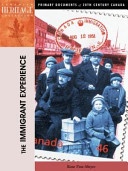
This book documents the experience of immigrants. For ages 8-14.
A Pioneer Story/A Pioneer Sampler
Barbara Greenwood

This book actually would fall into both the non-fiction and fiction sections. It includes sections on the featured fictional family’s immigration as well as their life in Canada after settling. It also has sections with non-fiction facts and information. This title was released in two forms- once as a Canadian book (A Pioneer Story) with the subtitle “The Daily Life of a Canadian Family in 1840” and again titled “A Pioneer Sampler” with the subtitle “The Daily Life of a Pioneer Family in 1840”. Both books are very similar, with the second edition having Canadian references taken out. A Pioneer Sampler is still worth reading if you can’t find A Pioneer Story. This is one of my favourite children’s history books! There are some hands-on projects included in the book as well. Also check out A Pioneer Thanksgiving and A Pioneer Christmas! This book would be great for ages 6-12.
The Day I Became a Canadian: A Citizenship Scrapbook
Jo Bannatyne-Cugnet
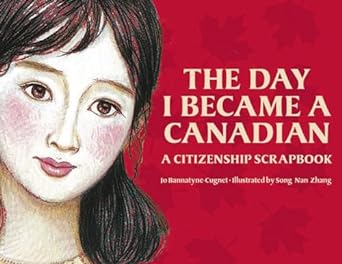
This book is recommended for ages 7-9. Xiao Ling Li creates a scrapbook of the day she and her parents become Canadian citizens.
Fiction books for studying Canadian Immigration
The Belonging Place
Jean Little
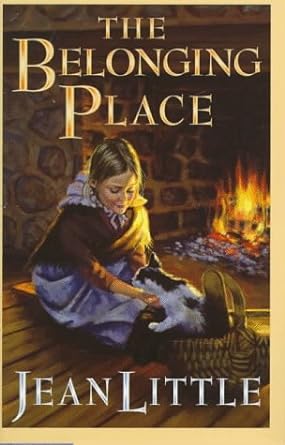
Elspet Mary moves from Scotland to rugged Upper Canada. A novel for ages 8-12. I really enjoyed this one!
The Backwoods of Canada
Catharine Parr Traill
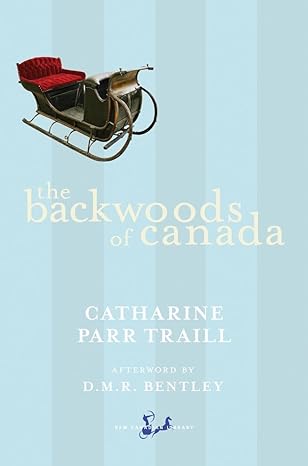
This book is written by pioneer Catharine Parr Traill herself. It documents life as a pioneer in Canada in the early 19th century. Written for adults, but would be suitable for high school or even some middle school students. I found this book fascinating.
Dear Canada: Hoping for Home Stories of Arrival
Jean Little, Ruby Slipperjack et al.
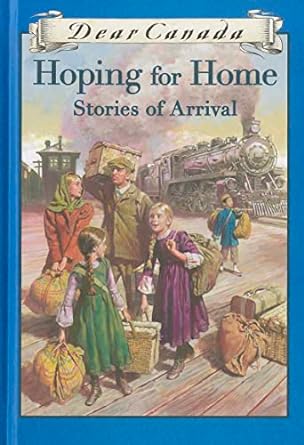
This book is part of the popular Dear Canada series. Written for ages 8-12, this book contains 11 stories about settling into a new life in Canada. I have always loved the Dear Canada novels as have my kids.
Red River Rising
B.J. Bayle

Angus and his family immigrate to Canada from Scotland in 1813. They get caught up in a struggle between the Hudson’s Bay Company and North West Company. Written for ages 12-15.
Selina and the Bear Paw Quilt
Barbara Smucker
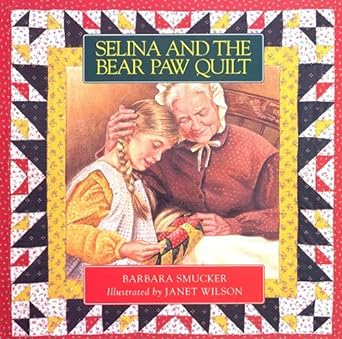
A picture book for ages 3-6 that takes place during the American Civil War. A great read for those with younger children!
Selina and the Shoo Fly Pie
Barbara Smucker
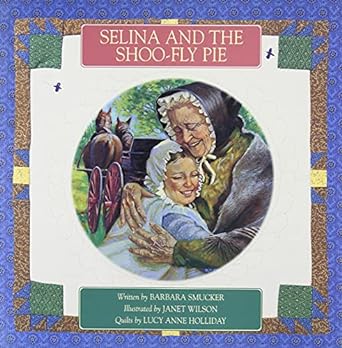
The picture book sequel to Selina and the Bear Paw Quilt. New immigrant Selina and her family adapt to their new lives. Also for ages 3-6.
Aram’s Choice
Marsha Forchuk Skrypuch
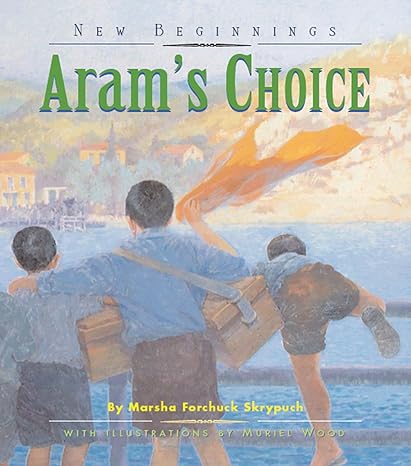
Aram survived the Armenian genocide and now immigrates to Canada from Greece. A chapter book recommended for 8-12.
Dear Canada: An Ocean Apart: The Gold Mountain Diary of Chin Mei-Ling
Gillian Chan

Mei-Ling and her father want to send for her mother and brother to join them from China in Canada. They must pay the head tax before the Exclusion Act prevents any more Chinese immigrants to Canada. Part of the extremely popular Dear Canada series, this book is recommended for ages 8-12.
Full Steam to Canada: A Barr Colony Adventure
Anne Patton
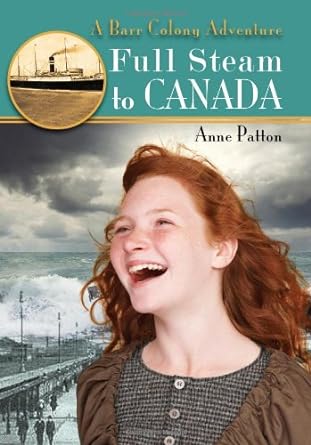
This book is based on a true story set in 1903 of a British family immigrating to the Canadian prairies. Recommended age 9-12. We reviewed this book!

Kit Byrne and Mick O’Toole leave the famine of Ireland behind and immigrate to Canada. Recommended age 12-16.
Bridget’s Black ‘47
Dorothy Perkyns
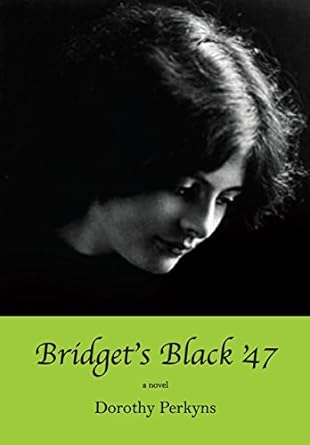
Bridget and her family escape the potato famine in Ireland and immigrate to Canada, but not everyone makes it there. Recommended age 9-12.
Hands-On Projects for Studying Canadian Immigration
There are so many fascinating ways to study immigration that go beyond reading about it! Here we will share some of our favourite ideas.
Looking Into the Past
Does your family have an immigration story in it’s past? Maybe even several? Ask someone who knows more information like a grandparent, great aunt or uncle and find out more! It’s fascinating to find out more about your family history. Check out our post with a free printable pack to help you as you discover! Be sure to record any stories you hear about in some way- maybe even ask if you can do an audio or video recording, or type them out. Future generations in your family will enjoy hearing about the stories, too!
Another way to look into the past if you don’t have any relatives who immigrated is to ask others in your community. Perhaps you have friends or neighbours who immigrated who you could have over for supper and ask to hear their stories! Maybe you could even ask if they would speak at a homeschool group gathering. You could rent a room at the library or community center.
Some questions you could ask include: why they immigrated, what it was like (did they come here on an airplane or a ship), what their expectations of living in Canada were and if they were fulfilled. You could even ask them if they miss their home country and why.
Think about some other questions you want to ask! We found out some really neat stories and information about our neighbour’s immigration to Canada from asking these questions. We also learned new stories from friends as well.

Map Work
Find out where people commonly immigrated from who live in your community (the reference librarian at your local library can probably help with this). Another idea is to use the countries that relatives, neighbours and friends immigrated from. Print out a free outline map online and colour in the countries where they immigrated from! You could even go to the library and find books about those countries to learn even more.
Cooking or Baking Projects
A neat way to tie in some life skills into studying Canadian immigration is to find recipes from other countries people have immigrated from (perhaps the same countries that relatives, friends or neigbours immigrated from). When we studied Canadian immigration we asked the people we interviewed for their favourite recipes from their birth country. It was a really neat project and we got to try some foods we had never eaten before. A few are now part of our recipe collection!
Do your kids enjoy learning about history through hands-on projects? Check out our program called My Canadian Time Capsule!
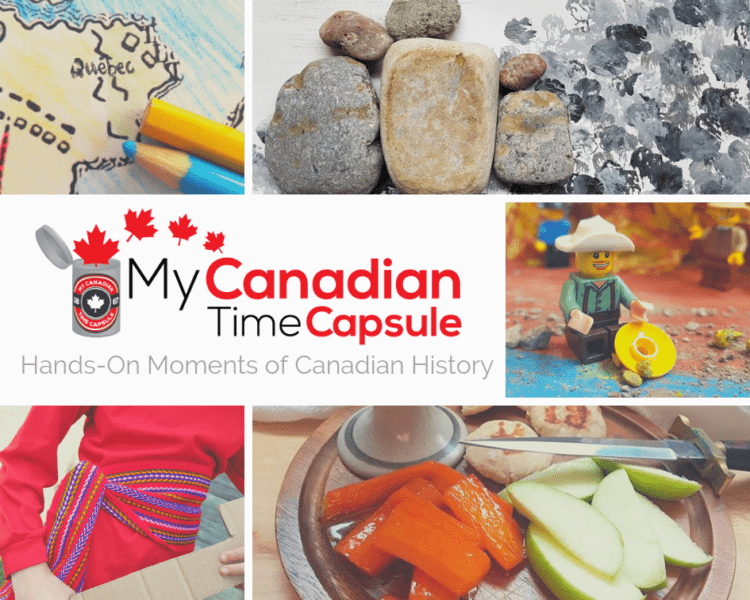
Final Thoughts
Learning about Canadian immigration can be a fascinating topic. There are so many books to discover, and hands-on projects are always so much fun! I hope this information encourages you to learn more about Canadian immigration- its impacts, its struggles, its positives and negatives. I think you will be surprised by the stories you discover.
Do you like learning through historical fiction, like many of the book suggestions in this post? Check out our Canadian History Book List! Over 100 pages of books to choose from… all about Canadian history – picture books, chapter books, to books for high school. Includes books with diverse perspectives and experiences all organized into time periods or historical events.
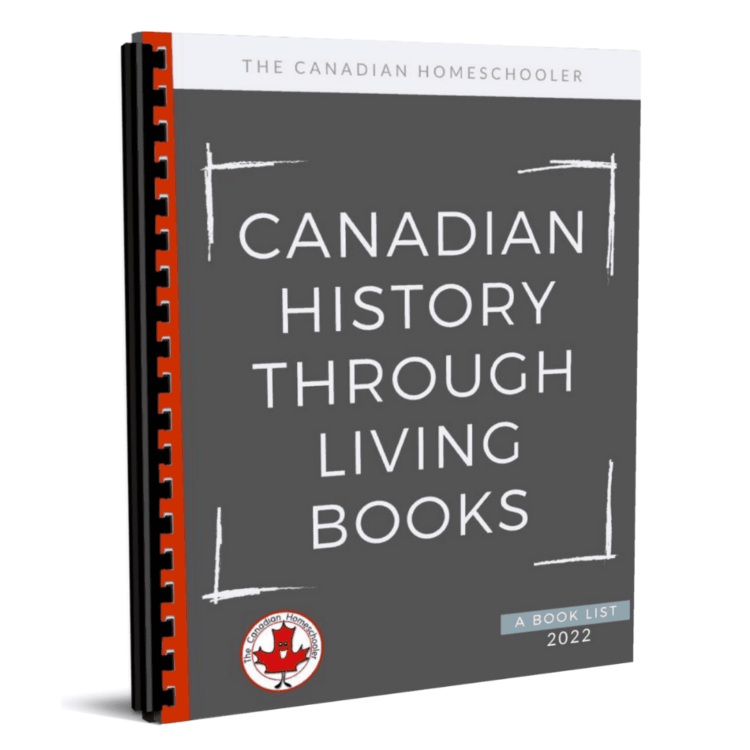
- Engaging Ways to Learn About Canada’s Mammals - April 17, 2024
- Exciting Ideas for Studying Canadian Immigration in your Homeschool - March 17, 2024
- Canada’s Provincial and Territorial Birds: A Quick Guide for your Homeschool - February 16, 2024
